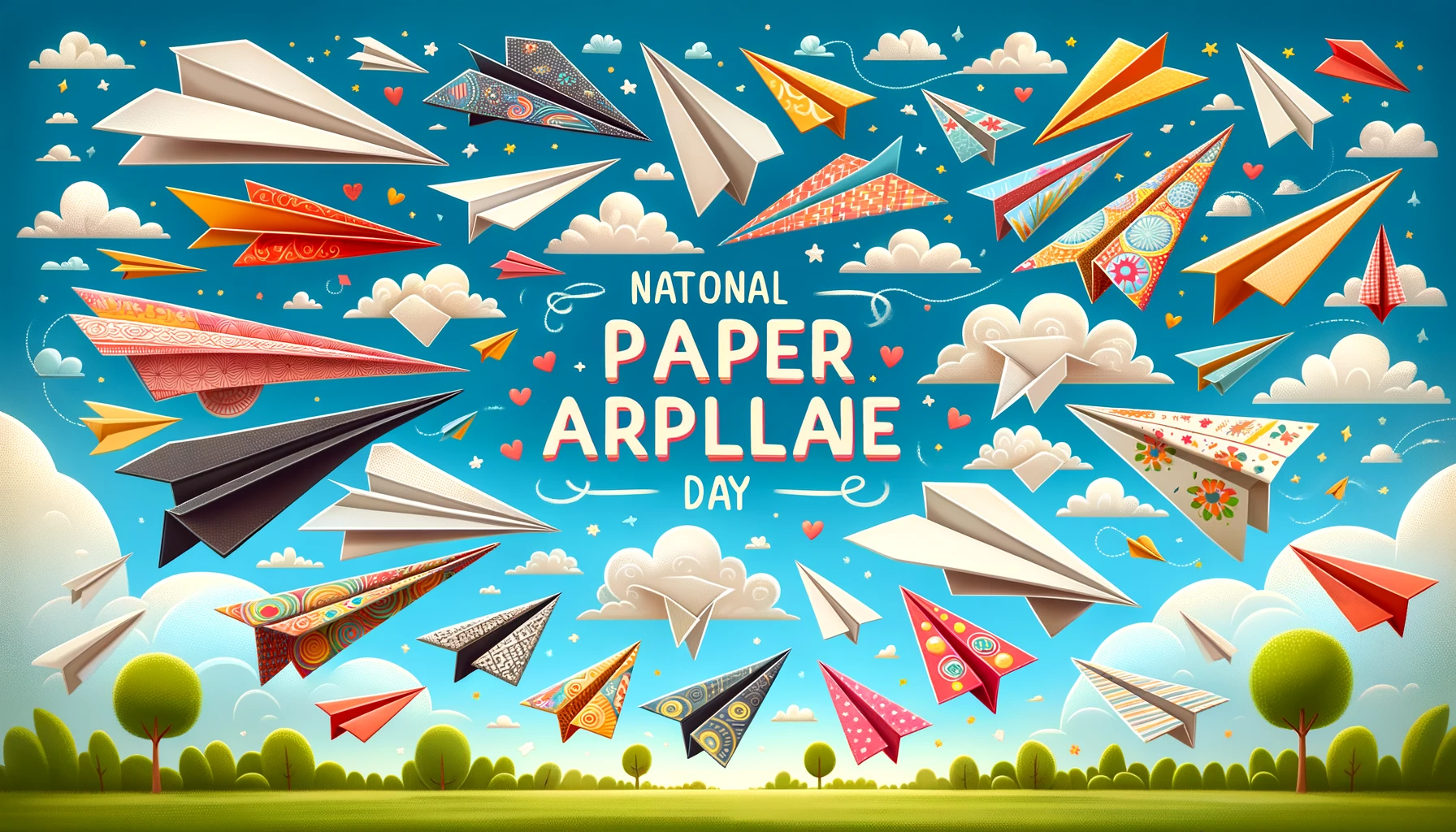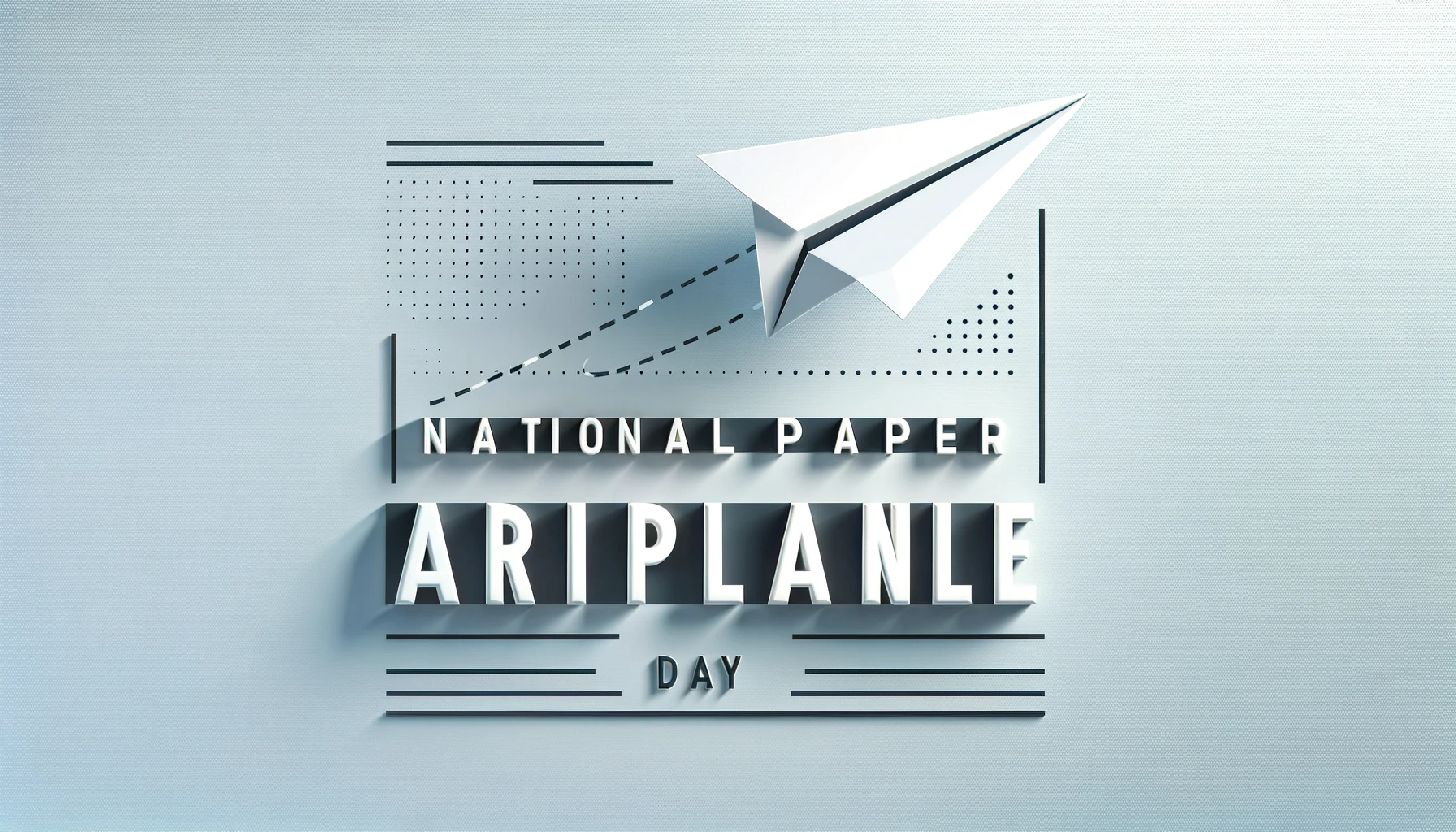Memorial Day stands as a solemn reminder of the sacrifices made by countless soldiers who have given their lives in service to the United States. This national holiday, observed annually on the last Monday of May, offers an opportunity for Americans to reflect on the cost of freedom and to honor those who have paid the ultimate price. Through parades, ceremonies, and moments of quiet reflection, the nation comes together to remember and pay tribute to its fallen heroes.
The History of Memorial Day: From Decoration Day to Federal Holiday
Memorial Day’s origins trace back to the aftermath of the Civil War, a conflict that claimed more lives than any other in American history and necessitated the establishment of the country’s first national cemeteries. Originally known as Decoration Day, the holiday was officially proclaimed by General John A. Logan of the Grand Army of the Republic in 1868, intended to honor the Union soldiers who had died in the Civil War by decorating their graves with flowers.
Evolution into a National Holiday
Over the years, Decoration Day evolved to include tributes to soldiers who died in all American wars. In 1971, Congress passed the National Holiday Act, which officially designated Memorial Day as a federal holiday to be observed on the last Monday in May, creating a three-day weekend for federal employees. This change helped to cement the holiday’s place in the national consciousness and ensured that future generations would continue to honor the memory of fallen soldiers.
Memorial Day Traditions: Honoring Through Rituals
One of the most enduring traditions of Memorial Day is the hosting of parades and ceremonies across the country. These events, often featuring veterans, military bands, and local dignitaries, serve as public displays of remembrance and gratitude. They offer communities a chance to come together to honor the fallen and to support the families they left behind.
Flag Etiquette and National Moment of Remembrance
A key tradition observed on Memorial Day is the proper display of the American flag. The flag is flown at half-staff from sunrise until noon, as a symbol of mourning, and then raised to full staff until sunset, representing the resolve of the living to continue the fight for freedom. Additionally, at 3 PM local time, Americans are encouraged to pause for the National Moment of Remembrance, a minute of silence to reflect on the sacrifices made by military personnel.
Visiting Cemeteries and Memorials
Another profound tradition is visiting cemeteries and memorials to lay flowers and flags on the graves of those who have died in military service. This act of personal and collective remembrance ensures that the names and stories of the fallen are not forgotten, fostering a deep connection between the past and present.
Modern Observances: Balancing Respect and Celebration
In modern times, Memorial Day serves not only as a day of solemn remembrance but also as an opportunity to express patriotism and community spirit. Many Americans participate in community events, volunteer activities, and educational programs that highlight the significance of the holiday and the values it represents. This collective effort helps to reinforce the sense of national unity and pride.
Commercialization and Recreation
However, Memorial Day has also become associated with the unofficial start of summer, leading to a mix of reverent and celebratory activities. The three-day weekend often sees families and friends gathering for barbecues, picnics, and outdoor activities. While some criticize this shift towards commercialization and leisure, others argue that enjoying the freedoms secured by those who served is a fitting tribute.
Balancing Act
Finding a balance between honoring the fallen and celebrating life can be challenging. It is important to remember that the freedoms enjoyed on Memorial Day are a direct result of the sacrifices made by military personnel. By participating in traditional observances and then celebrating with loved ones, Americans can pay tribute to those who have died while also appreciating the liberties they fought to protect.
Personal Stories and Reflections: Voices of the Community
Personal stories from veterans and families who have lost loved ones in service offer poignant reminders of the human cost of war. These narratives highlight the bravery and dedication of those who served and the enduring impact of their sacrifice on families and communities. Through interviews and shared memories, these voices add a deeply personal dimension to the broader historical and cultural context of Memorial Day.
Community Initiatives
Local initiatives and volunteer efforts play a crucial role in commemorating Memorial Day. From organizing events to maintaining veterans’ cemeteries, community members across the country engage in acts of service that honor the fallen. These initiatives not only preserve the memory of those who died but also foster a spirit of solidarity and gratitude among participants.
Impact on Individuals
Memorial Day’s impact on individuals varies widely, but for many, it is a time of reflection and personal connection to the past. Whether through participating in public ceremonies, sharing stories of loved ones, or simply taking a moment of silence, Americans are reminded of the importance of remembering those who have given their lives for their country.
Conclusion: The Enduring Legacy of Memorial Day
Memorial Day is a vital tradition that ensures the sacrifices of military personnel are not forgotten. By observing this holiday, Americans honor the memory of the fallen and reaffirm their commitment to the values of freedom and democracy.
Call to Action
Everyone is encouraged to participate in Memorial Day activities, whether by attending a parade, visiting a cemetery, or pausing for the National Moment of Remembrance. These acts of remembrance are powerful ways to pay tribute to those who have given their lives for their country.
Closing Thought
As we enjoy the freedoms secured by the sacrifices of others, let us remember the words of John F. Kennedy: “The cost of freedom is always high, but Americans have always paid it.” Memorial Day is a reminder of this cost and a call to honor those who have paid it in full.
10 Interesting Facts About Memorial Day:
- Origins in the Civil War: Memorial Day was originally known as Decoration Day, established to honor Union soldiers who died in the Civil War.
- First Observance: The first official observance was on May 30, 1868, when flowers were placed on the graves of Union and Confederate soldiers at Arlington National Cemetery.
- National Holiday: In 1971, Memorial Day was declared a national holiday by an act of Congress, to be celebrated on the last Monday in May.
- National Moment of Remembrance: Established in 2000, this moment encourages all Americans to pause for one minute at 3 PM local time on Memorial Day.
- Symbolic Red Poppies: Inspired by the World War I poem “In Flanders Fields,” red poppies are worn to honor those who died in military service.
- Flag Etiquette: On Memorial Day, the American flag is flown at half-staff from sunrise until noon and then raised to full-staff until sunset.
- Unusual Locations: Memorial Day is observed in various ways, including small towns like Waterloo, New York, which is recognized as the official birthplace of the holiday.
- Music Tributes: Taps, a bugle call composed in 1862, is often played at Memorial Day ceremonies to honor the fallen.
- Expansion Beyond Civil War Dead: Initially honoring Civil War dead, Memorial Day now commemorates all Americans who have died in military service.
- Recreation and Remembrance: While it marks the unofficial start of summer with barbecues and parades, Memorial Day’s primary purpose remains honoring military personnel who died in service.












A heartfelt tribute to our fallen heroes on Memorial Day. Truly moving!
Memorial day significance
Great tribute!
Honoring the fallen on Memorial Day is a moving topic. This article pays a beautiful tribute to their sacrifices.
Memorial Day is a significant tribute. This article captures the importance of honoring those who have served and sacrificed. Well written!
The page about Memorial Day is very well done. It provides a comprehensive look at the history and significance of the day, along with some moving tributes to fallen soldiers. The information is well-organized and easy to read, making it a great resource for anyone looking to understand more about Memorial Day. This site is a fantastic resource for anyone wanting to learn more about Memorial Day.